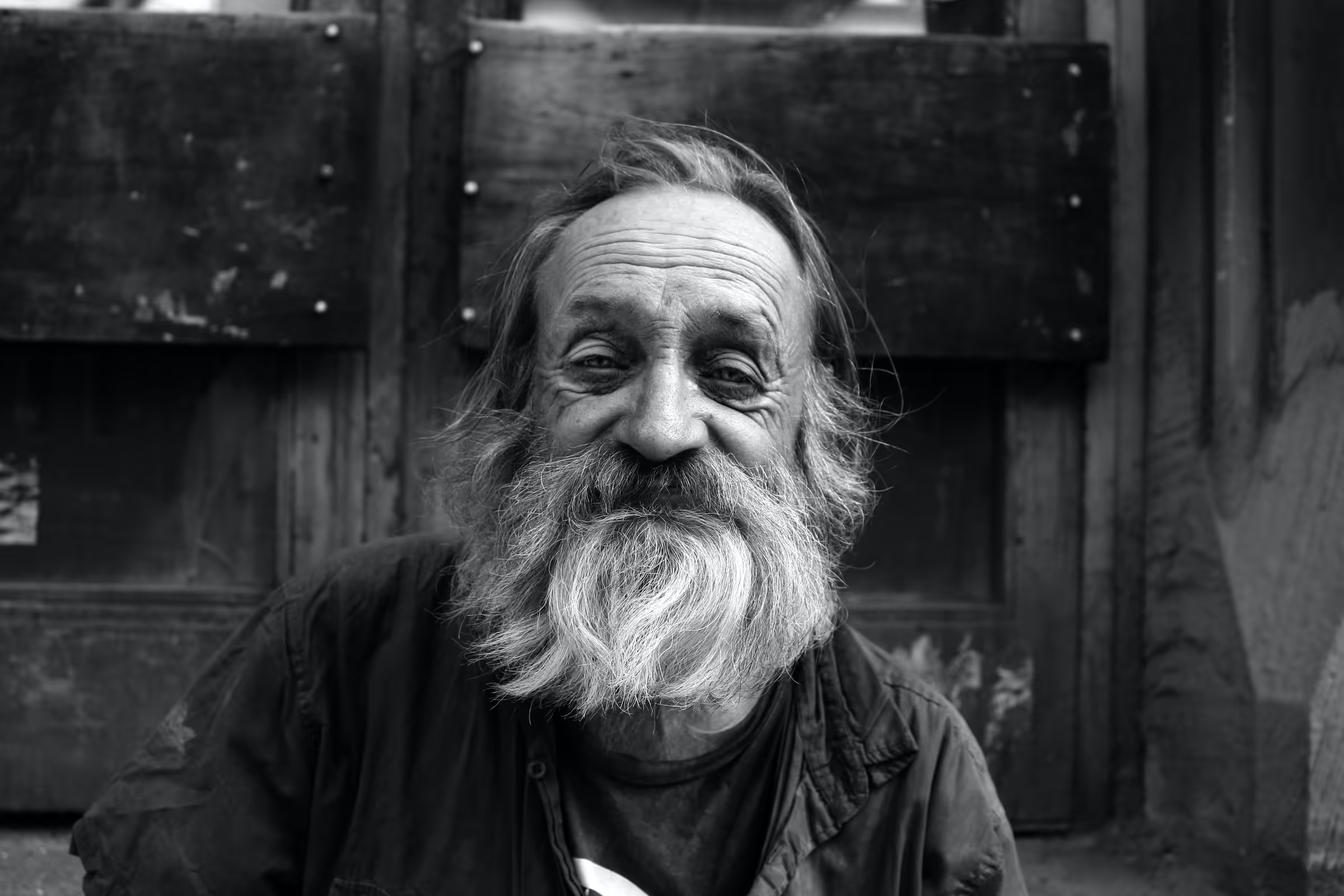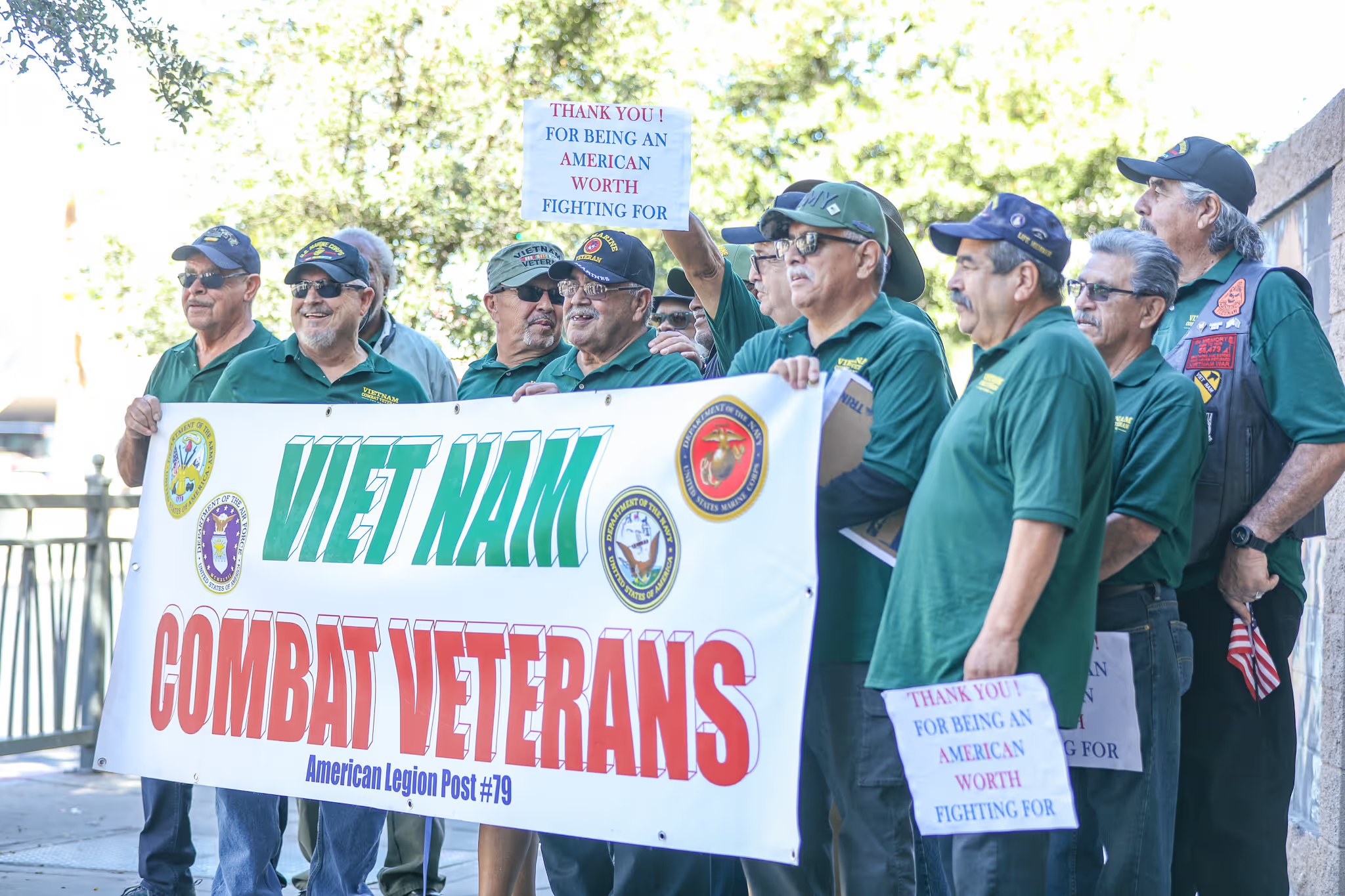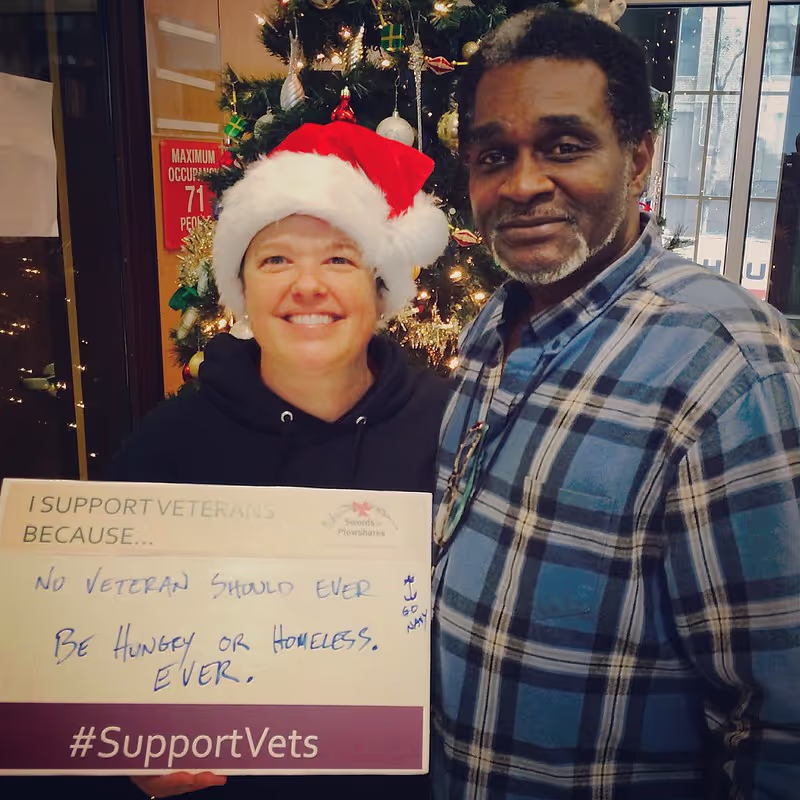VETERANS OF COLOR
Veterans of color are overrepresented among the nation’s unhoused. While there have been centuries of discrimination in housing, criminal justice, child welfare, and education—entrenched military policies and disparate treatment of service members of color have contributed to homelessness as well.
Research suggests the marginalization and cumulative adverse experiences of veterans of color during their time in the military can inflict deep trauma on top of the traumatic experiences they may have experienced in the military. Race-based trauma during military service coupled with civilian experiences of systemic racism can create barriers to seeking healthcare.
- Black veterans in particular account for 12 percent of the veteran population but a third of all veteran homeless.
- Black service members are more likely than white service members to face military justice or disciplinary action. Racial disparities, particularly between Black and white service members, are present at every level of military disciplinary and justice proceedings.
- Research shows Black veterans and Latinx veterans are more likely to be discharged from the military less than honorably. Less than honorable, or “bad paper” discharges, largely excludes them from VA care and benefits. Veterans with bad paper discharges are at high risk for homelessness. They are estimated to be at seven times the risk of homelessness as other veterans.
- Data on Native American veteran homelessness is rare, since many live on remote rural traditional lands. A 2010 study showed Native American Veterans had the highest rate of homelessness compared to all other race or ethnic groups. Their numbers are likely to be undercounted.
Veteran housing providers would do well to examine their own implicit bias when serving veterans of color, and to implement a culturally-informed approach that considers military and healthcare inequities that impact veterans of color and lead to homelessness.
WOMEN VETERANS
Women veterans are the fastest growing cohort of the unhoused veteran population. Issues stemming from military service are often the primary causal factors for their homelessness.
- The VA estimates that about 10 percent of women veterans are living in poverty. VA has also estimated that between 13 and 15 percent of women veterans who are living in poverty are also likely to be homeless.
- A woman veteran who has experienced military sexual trauma has a 400 percent increased risk of becoming unhoused.
- Women veterans who are in unstable relationships are at risk of being unhoused while they escape potentially abusive situations. This also means they can fall in and out of being unsheltered, choosing to return to the relationship as they feel it may be safer to them than living on the streets.
- Women with traumatic brain injury are much more likely to experience homelessness.
It can be difficult to impossible for community-based providers to operate gender-specific housing facilities. This can be problematic, as rates of sexual harassment and assault are high. If it is inappropriate to house a woman veteran in veteran-specific facilities, placement through community-based housing vouchers may be a better choice.
In addition, developing a relationship with women housing programs and shelters in your community can offer an opportunity to continue to provide veteran services and connection to benefits while women reside in more comfortable environments.
AGING AND HIGH ACUITY VETERANS
The veteran population is aging. As such, housing providers are tailoring services for aging and increasingly frail residential populations. These residents have complex needs, multiple co-morbidities, and have experienced years—sometimes decades—of chronic homelessness. They are aged beyond their chronological years by military-connected risk factors and life on the streets.
- Sixty-eight percent of all veterans are age 55 and over, and the average age of Vietnam veterans is 68.
- More than half of veterans who experience homelessness are over 51.
- Despite the increased numbers of veterans using VA benefits, only 40 percent of Vietnam veterans use VA healthcare; the majority seek care from community systems. In some instances, this is due to unwillingness to use VA healthcare. However, in many others, this is because too many veterans do not qualify for VA benefits based on their discharge status.
- Older veterans are at increased risk of suicide; two-thirds of veterans who complete suicide are age 50 and older.
In addition, Swords to Plowshares has identified a serious gap in permanent supportive housing for aging and high acuity veterans. Some risk premature (and preventable) health decline or eviction based on behavioral and habitability issues because the “support” in permanent supportive housing is generally limited to VA case management during business hours.
HUD-VASH supportive service staff are champions but are limited in capacity. It is next to impossible for community housing providers to muster enough finances for adequate supportive services.
There is momentum within the VA and housing advocacy for the VA to contract out case management positions to local community providers. This would overcome the VA’s lengthy hiring system and allow for more flexibility for veteran PSH operators.
Additional supports such as geriatric social work, vocational rehabilitation, medication management, healthcare navigation, and assistance with ADLs would allow these high acuity veterans to age in place at a fraction of the cost of medical skilled nursing models or the moral cost leaving veterans to age on the streets.









